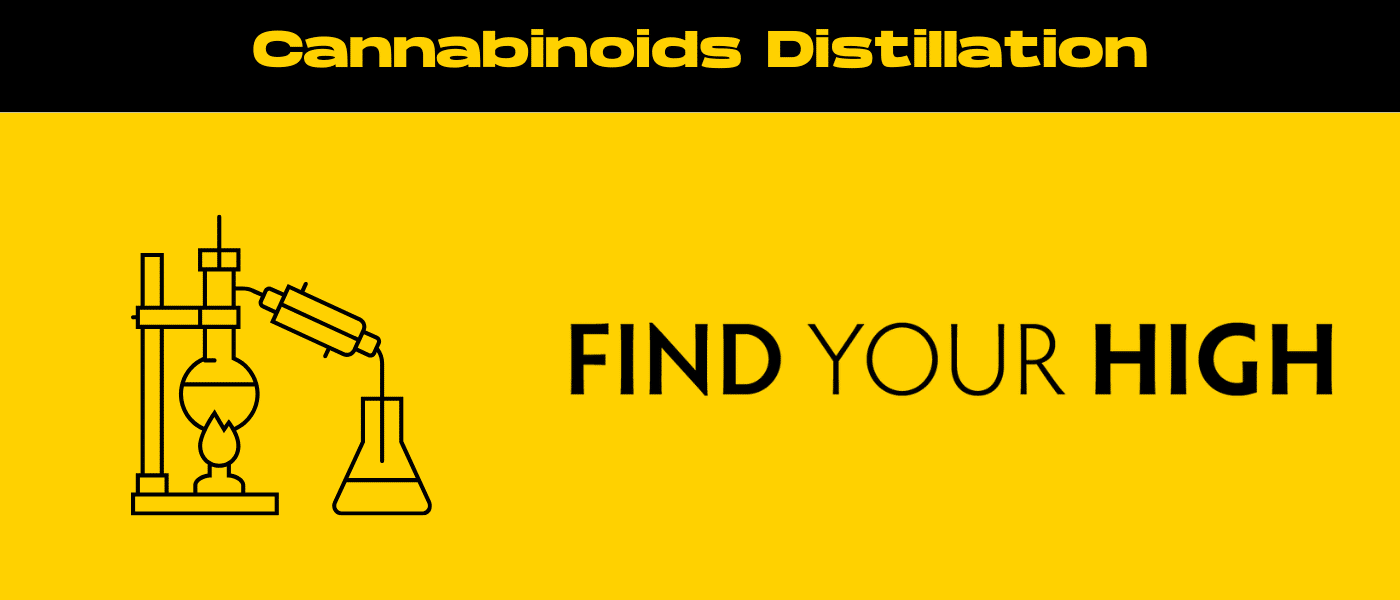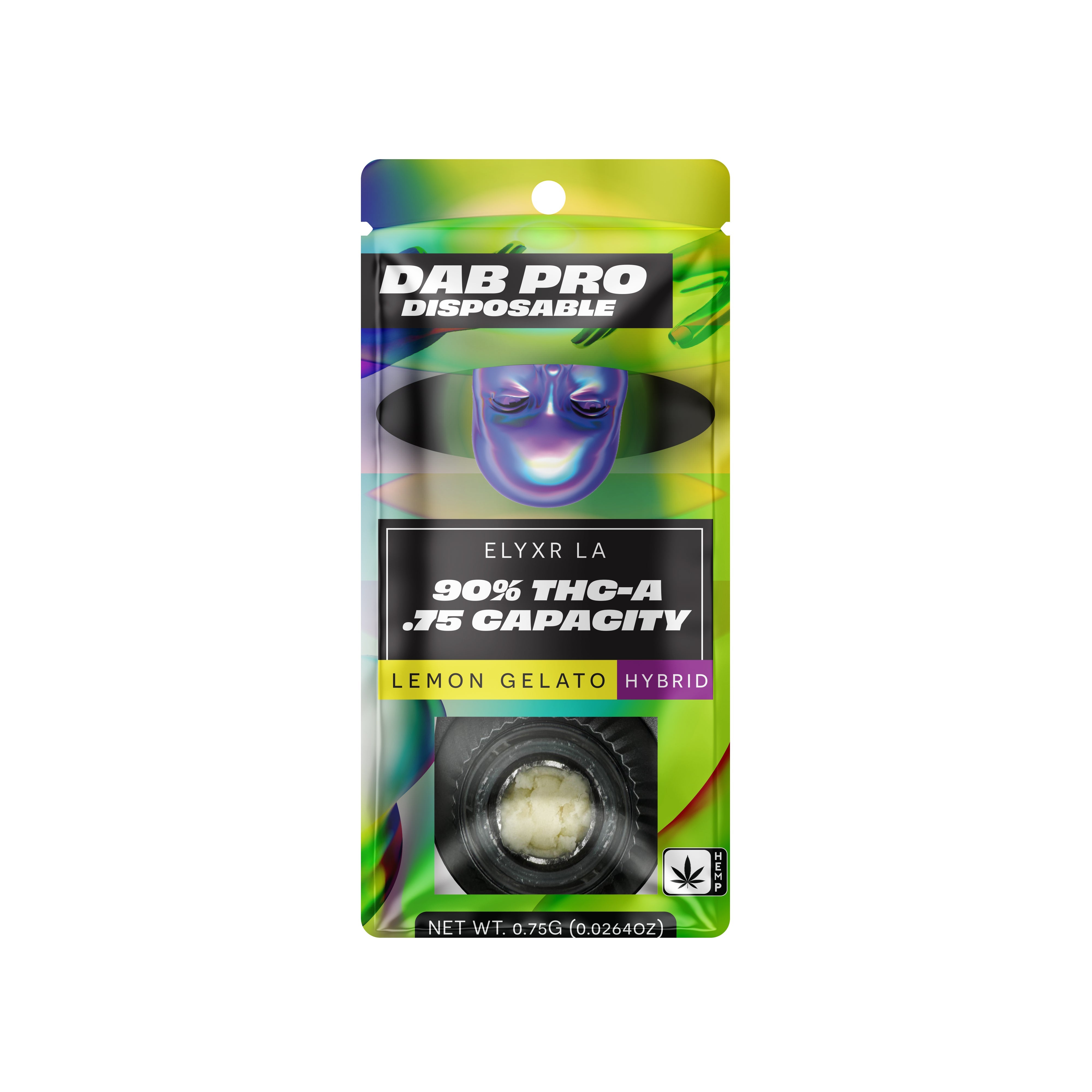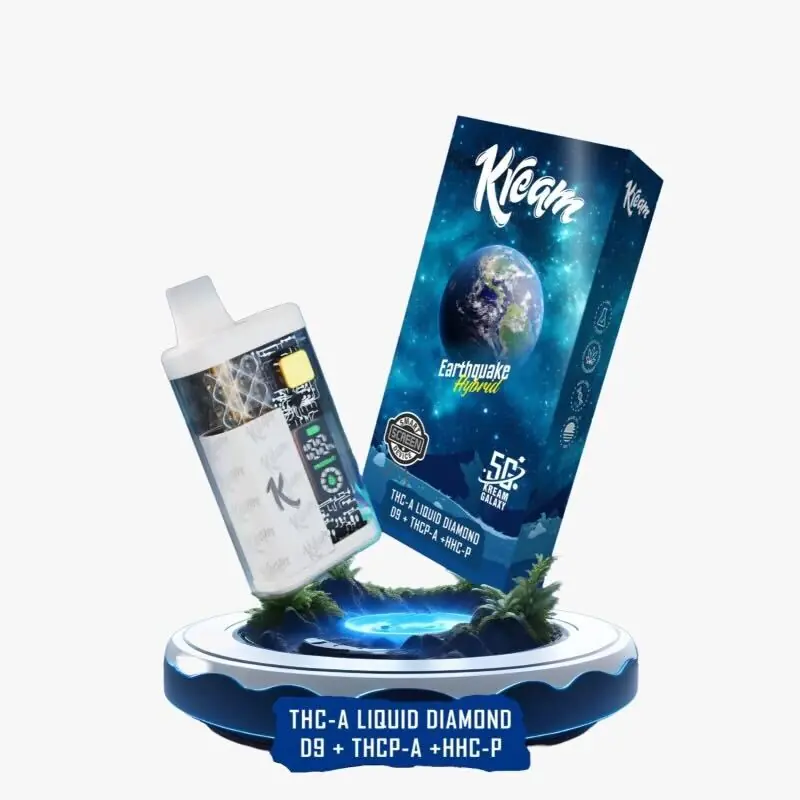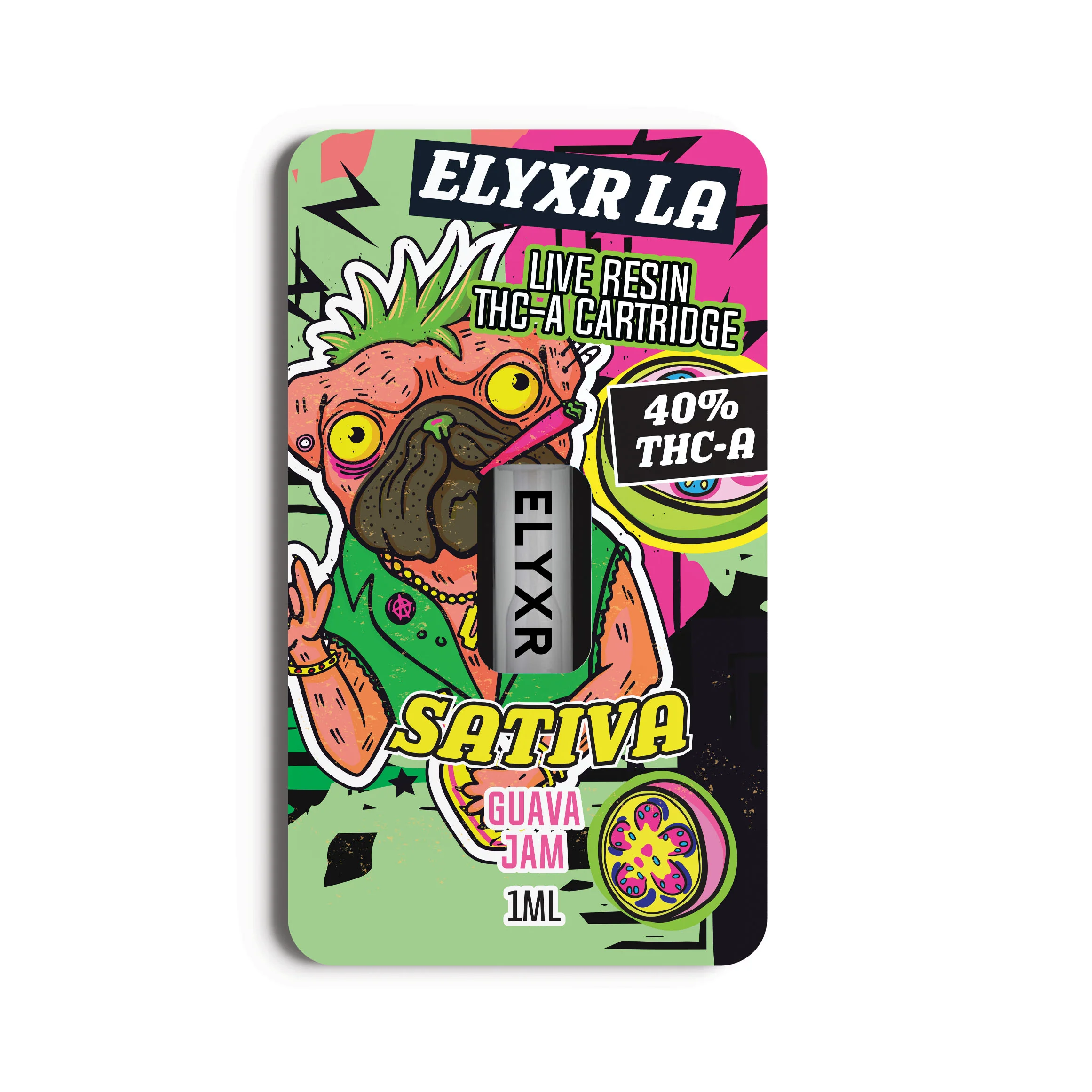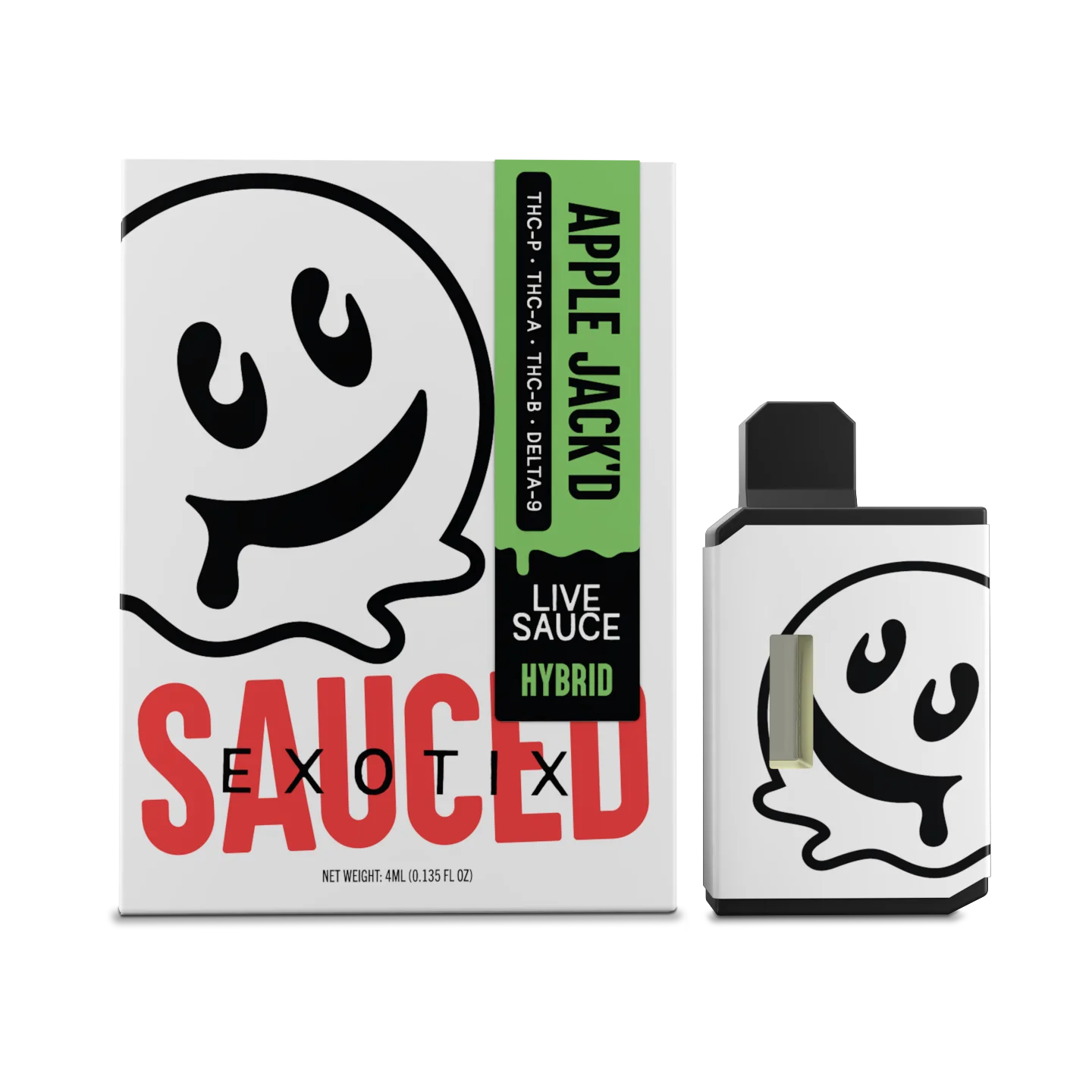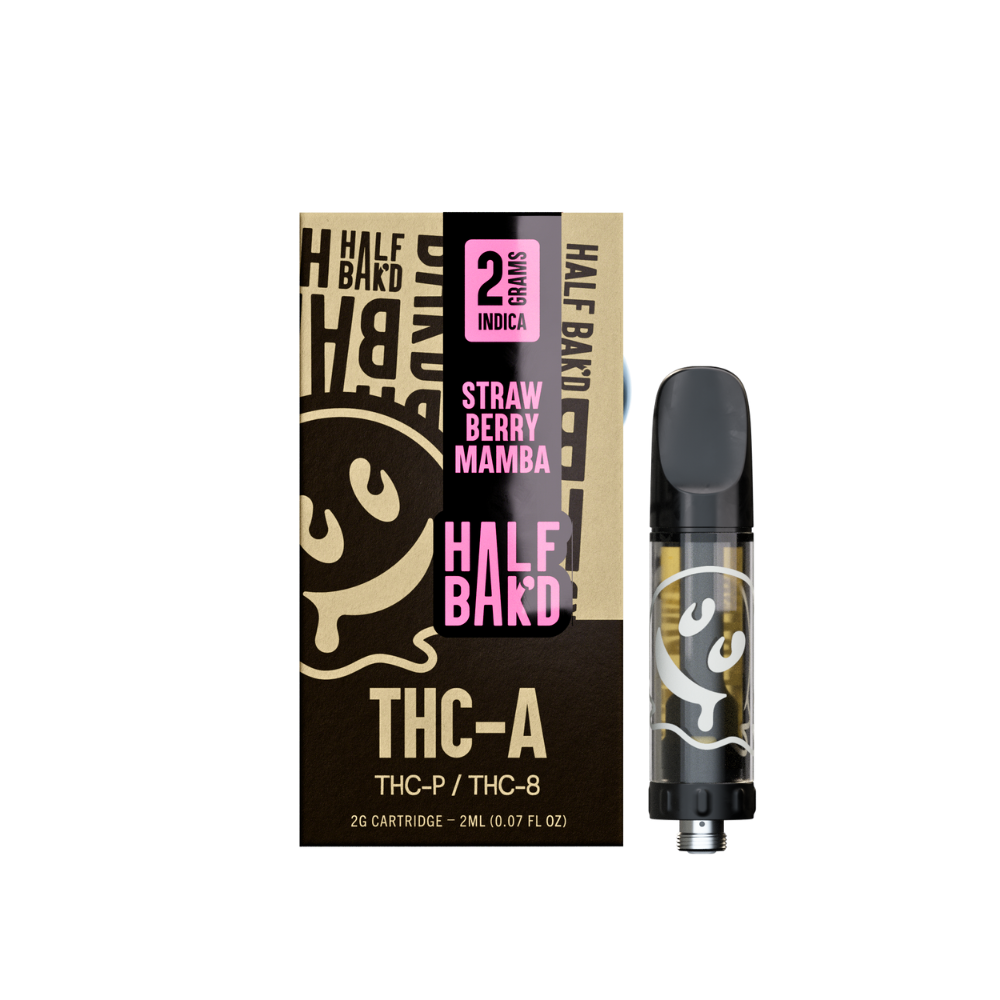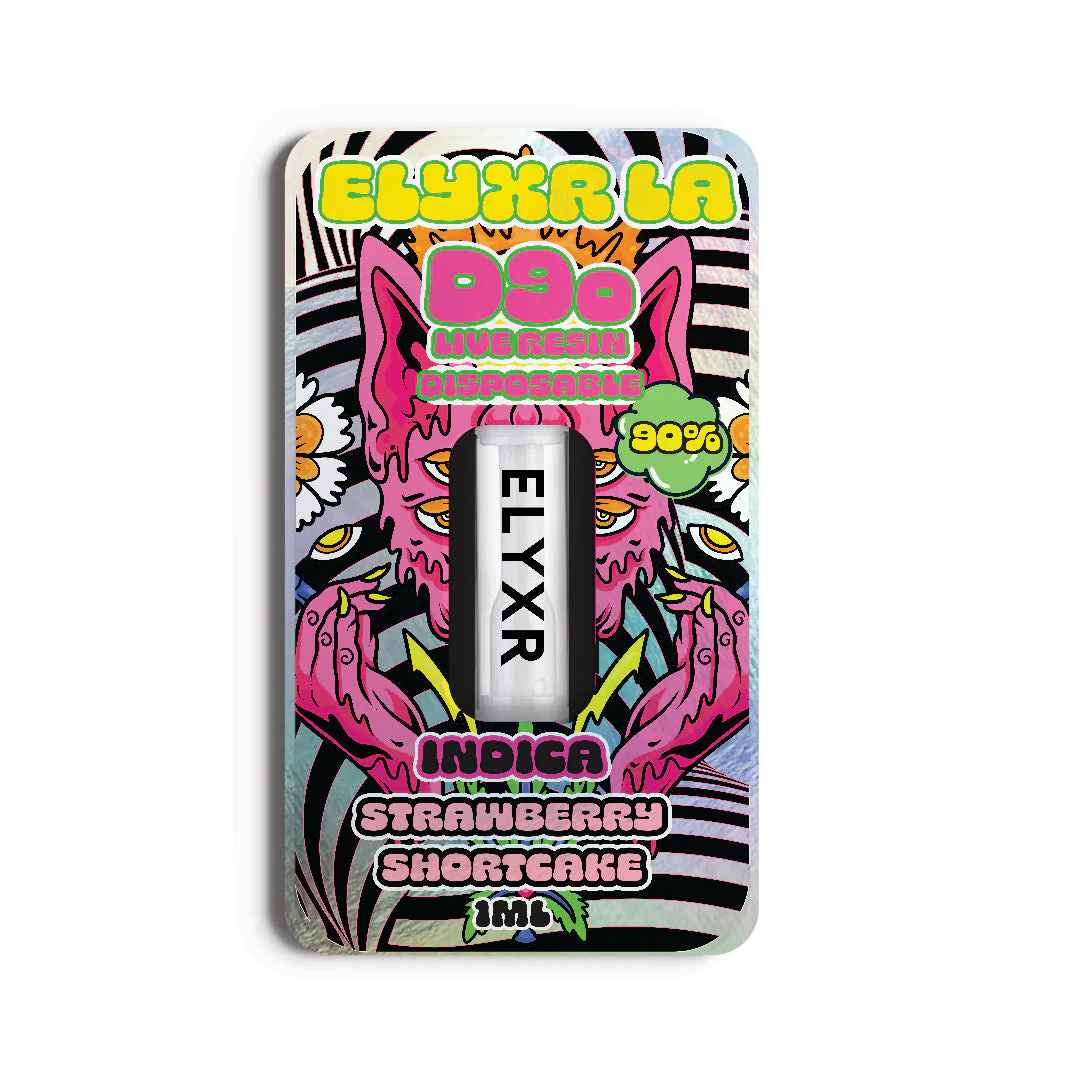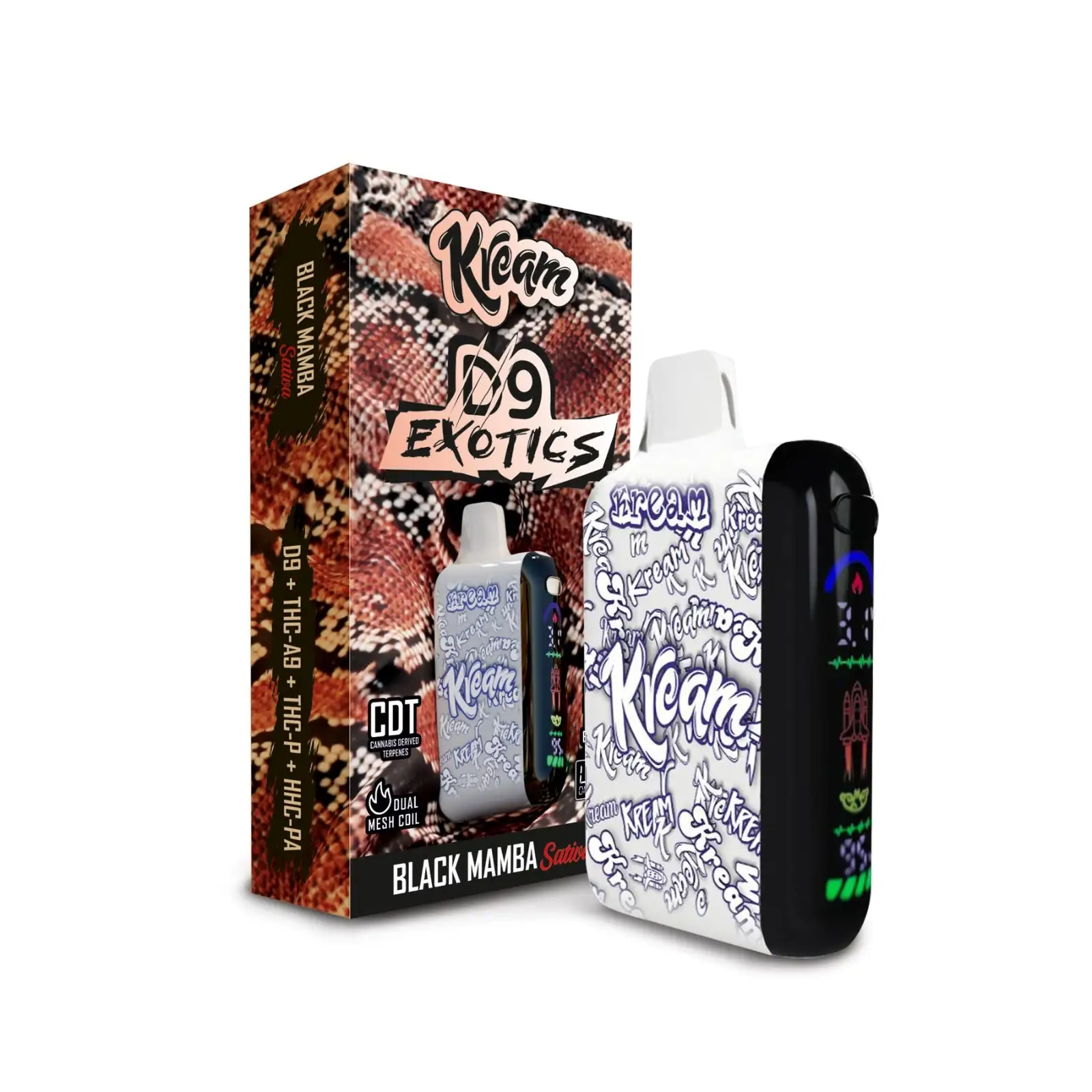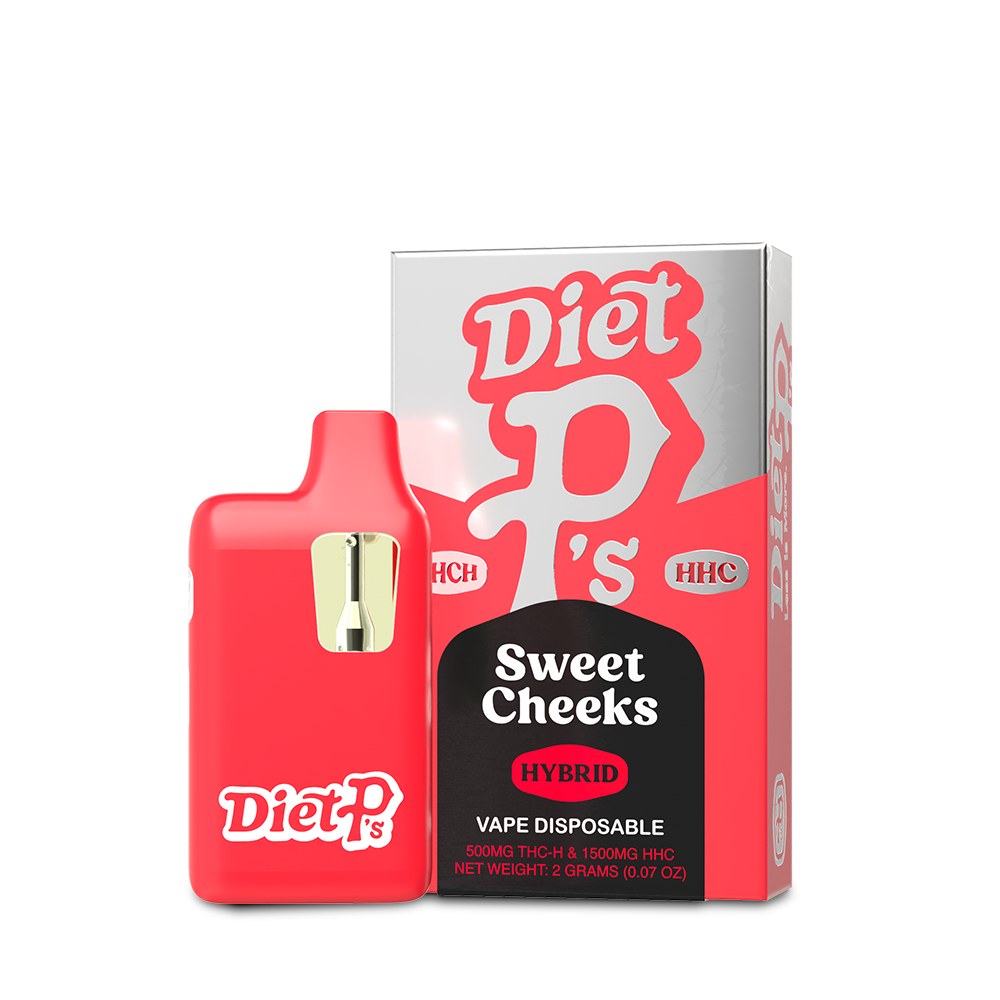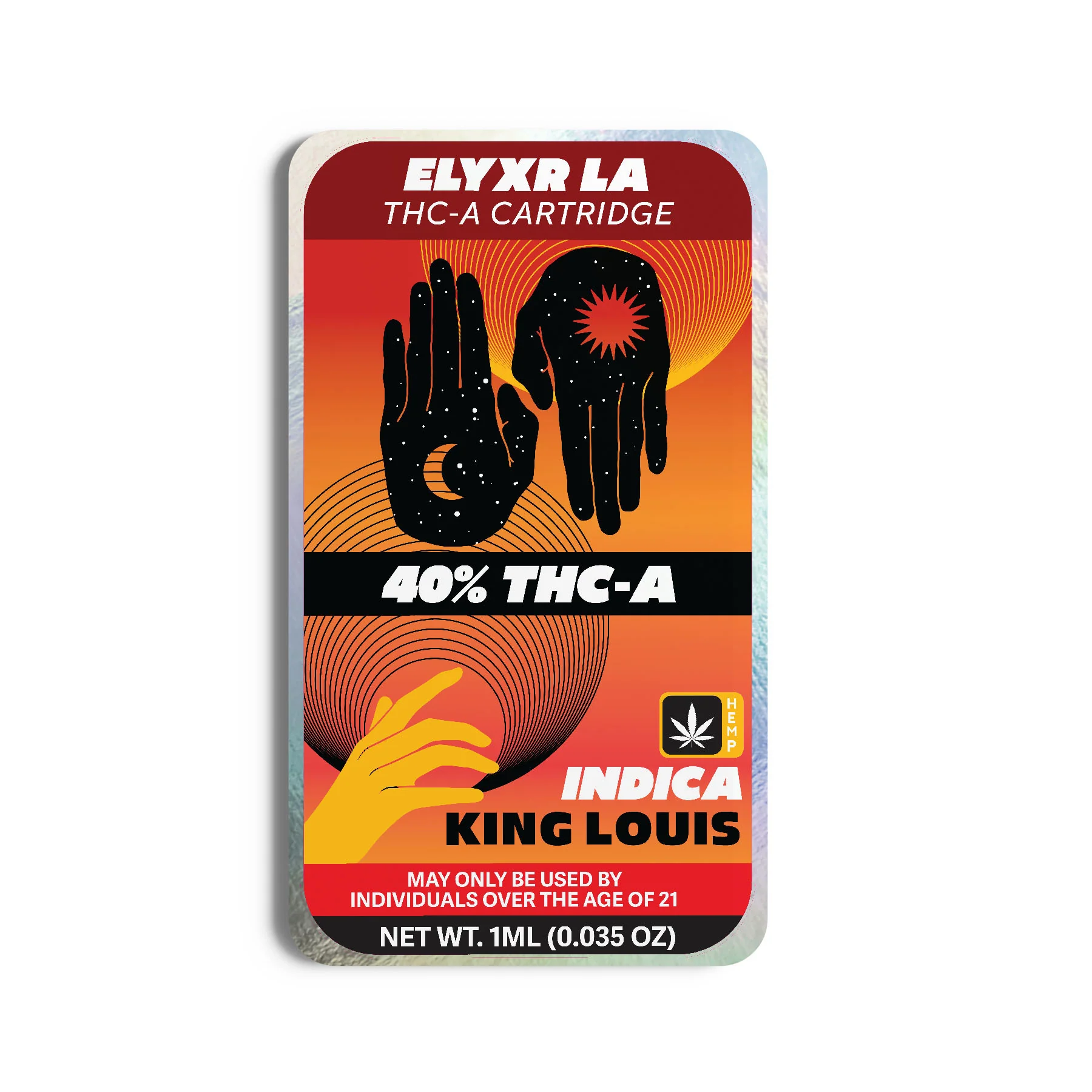The cannabis industry has seen a massive evolution in recent years, and at the heart of this transformation lies one of the most fascinating and misunderstood processes: cannabinoids distillation. From your favorite vape cartridges to potent tinctures and edibles, distillation is responsible for creating some of the purest forms of cannabis products on the market. But what exactly is cannabinoids distillation, and why does it matter?
Let’s break it down step-by-step, exploring how the distillation process works, the science behind it, and why it’s critical for producing high-purity cannabis oil.
What Is Cannabinoids Distillation?
In simple terms, cannabinoids distillation is a refinement process used to isolate specific cannabinoids like THC or CBD from a cannabis extract. Unlike more rudimentary extraction methods, which pull a broad spectrum of plant compounds from the raw cannabis plant, distillation allows for precision.
Think of it like purifying gold. You’re separating the valuable material (the desired cannabinoid) from everything else: waxes, solvents, terpenes, and other plant compounds. The result? A highly refined cannabis distillate—a golden, translucent oil with unmatched potency and consistency.
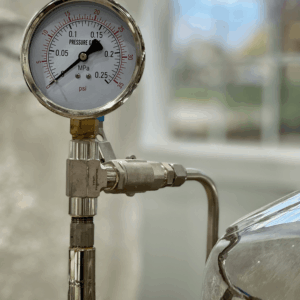
Why Distill Cannabinoids at All?
The goal of extracting cannabinoids isn’t just about potency—it’s about control. Whether you’re formulating vape cartridges, capsules, or edibles, you want consistency in every drop. That’s where distillation comes in.
Distillation helps eliminate residual solvents, lipids, chlorophyll, and other impurities that are often present in the crude extract. The result is a clean, potent, odorless, and flavor-neutral oil that’s ideal for formulation. It also provides better temperature control, precise dosage, and high levels of cannabinoids and terpenes, especially when reintroduced after the distillation phase.
Crude Extract vs. Cannabis Distillate
Before we distill, we start with a crude oil or crude extract, typically obtained via extraction methods like ethanol or carbon dioxide (CO2) extraction. This starting material is dark, sticky, and packed with a mixture of plant material, cannabinoids, and unwanted compounds.
In contrast, a cannabis distillate is a clear, viscous oil that contains almost nothing but the desired cannabinoid in its liquid form. While crude retains the full cannabis plant profile (including fats, waxes, and chlorophyll), distillate is stripped down to its essential, potent form—usually 85–95% pure.
The Science of Distillation
So how does the distillation process actually work?
It all comes down to chemistry—specifically boiling points. Every compound in the cannabis concentrate has a unique boiling point, the temperature at which it vaporizes. By using fractional distillation, we can exploit these differences to separate and isolate cannabinoids.
But there’s a twist: many cannabinoids degrade under high heat. To protect them, we apply vacuum pressure, lowering the pressure inside the system and thus reducing the required boiling temperatures. This allows for precise control and prevents damage to the cannabinoids.
Distillation Methods: Short Path vs. Thin Film
There are multiple distillation methods used in the cannabis space, but the two most popular are:
Short Path Distillation
- Ideal for small-batch, lab-scale refinement
- Uses a heating mantle, distillation flask, chilled condenser, and collection flask
- Compact design with minimal evaporative surface area
- Great for achieving high purity without overprocessing
Thin Film (Wiped Film) Distillation
- Designed for high-throughput commercial use
- Spreads the extract into a thin layer across a heated surface using a wiper blade
- Offers faster processing, less degradation, and greater temperature control
- Often uses a rotary evaporator or similar technology to maintain steady evaporation and condensation
There are also advanced techniques like molecular distillation and falling film distillation, but those are typically reserved for pharmaceutical-grade production.
A Step-by-Step Look at the Cannabinoid Distillation Process
The full cannabinoids distillation workflow includes several pre- and post-processing steps:
- Winterization
- Removes fats, waxes, and lipids from the winterized solution using cold ethanol
- Decarboxylation
- Converts acidic cannabinoids (like THCA or CBDA) into their active forms using heat
- Distillation
- Uses vacuum pump, heating mantle, and chilled condenser to isolate cannabinoids
- Re-Distillation (Optional)
- Further refines the cannabis oil for higher purity and clarity
This process turns a murky, sticky crude oil into a light-colored, transparent refined oil ready for use.
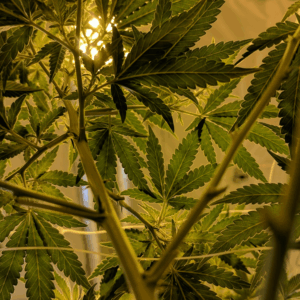
Essential Distillation Equipment
Distillation doesn’t happen in your average kitchen setup. Here’s a rundown of the specialized distillation equipment used:
- Heating mantle: Provides even, controlled heat to the distillation flask
- Vacuum pump: Reduces atmospheric pressure, enabling low-temperature distillation
- Rotary evaporator: Spins the solution to increase surface area and speed evaporation
- Chilled condenser: Cools vaporized compounds, returning them to liquid form
- Collection flask: Collects the purified final product
Every piece plays a crucial role in separating and purifying the cannabinoid content.
What Cannabinoids Can Be Distilled?
You’re not just limited to THC distillate or CBD distillate. Many cannabinoids can be isolated using this method:
Each requires slightly different temperature control and pressure settings, but with the right setup, even rare or minor cannabinoids can be targeted.
What About Terpenes?
Most terpenes are volatile and have lower boiling points than cannabinoids, making them difficult to preserve during the distillation process. As a result, they’re usually stripped out early.
However, producers often capture these compounds during early distillation fractions and reintroduce them later into the final product to restore aroma and enhance the entourage effect—that synergistic interaction between cannabinoids and terpenes.
Uses for Cannabis Distillates
Thanks to their high potency, flavor neutrality, and liquid form, cannabis distillates are a favorite across the industry:
- Edibles: Blends easily into butter, oil, or carrier oil
- Tinctures: No strong taste, making for easy sublingual use
- Topicals: Clean absorption with no sticky residue
- Vape cartridges: Pure vapor with high cannabinoid content
- Capsules: Consistent, accurate dosing
The clean profile and high doses offered by distillates make them ideal for patients and recreational users alike.
Pros and Cons of Cannabinoid Distillates
Pros:
- Exceptionally high purity
- No residual flavors, waxes, or contaminants
- Precise, repeatable dosing
Cons:
- Loss of terpenes unless reintroduced
- Less of the natural “whole plant” experience
- Requires costly distillation equipment and expert handling
While not for everyone, they’re a cornerstone of modern cannabis concentrate production.

Distillate vs. Full-Spectrum Products
There’s an ongoing debate in the cannabis community: distillate or full-spectrum?
Full-spectrum products include all plant compounds, giving users a rich, more “natural” experience. However, these products may vary in potency and taste from batch to batch.
On the other hand, cannabis distillate is incredibly consistent, potent, and easy to integrate into formulated products. It’s perfect for those looking for maximum cannabinoid content without the grassy taste of plant material.
What’s Next for Cannabinoids Distillation?
As the cannabis industry continues to innovate, so does the science behind cannabinoids distillation. We’re already seeing shifts toward:
- Low-temp molecular distillation to preserve more compounds
- Automation in rotary evaporation systems
- New techniques to extract and isolate rare cannabinoids like THCV, CBT, and more
- A growing market for live resin distillates, capturing both cannabinoids and terpenes
As consumer demand for cleaner, more targeted cannabis products rises, cannabinoids distillation is evolving to meet the challenge.
Conclusion
In a space where quality, consistency, and potency matter, cannabinoids distillation is one of the most powerful tools in the cannabis producer’s toolkit. By understanding the science, equipment, and benefits of this refinement process, you’re one step closer to appreciating the complex journey your cannabis oil takes from plant material to final product.
Whether you’re a curious consumer, a budding extractor, or just love geeking out on cannabis tech, the art of distillation is as fascinating as it is essential.
Frequently Asked Questions
1. What is a cannabinoid distillate?
A cannabinoid distillate is a highly refined cannabis concentrate that contains a purified form of a specific cannabinoid—typically THC or CBD. It’s created through a distillation process that removes unwanted plant compounds, waxes, and residual solvents from a crude extract, leaving behind a clean, potent cannabis oil in its liquid form. Because of its purity and neutral flavor, cannabis distillate is widely used in edibles, vape cartridges, tinctures, and topicals.
2. Is smoking distillate bad for you?
When properly made using clean extraction methods and lab-tested for contaminants, smoking distillate (especially in vape cartridges) is generally considered safe for most users. However, because distillates are extremely potent and often consumed in high doses, they can lead to stronger effects compared to traditional flower or full-spectrum products. It’s also important to ensure that the final product doesn’t contain cutting agents or harmful additives. Stick with trusted brands that follow best practices and use proper distillation equipment and temperature control.
3. What gets you higher, full spectrum or distillate?
If you’re looking at pure cannabinoid content, distillate usually gets you higher due to its intense potency—it can contain over 90% THC or CBD. However, full-spectrum products include a broader mix of cannabinoids and terpenes, which may enhance effects through the entourage effect. Some users find full-spectrum to be more balanced, while others prefer the punchy intensity of a THC distillate. It really comes down to personal preference and desired experience.
4. What is the best way to extract cannabinoids?
There’s no one-size-fits-all answer, but some of the most effective extraction methods include ethanol extraction, carbon dioxide (CO₂) extraction, and hydrocarbon extraction. These techniques are used to create a crude oil or cannabis extract, which can then be further refined using short path distillation, thin film, or molecular distillation. The “best” method depends on your desired cannabinoid, end use (e.g., vape cartridges, edibles), and production scale. For the purest form of cannabinoids, combining efficient extraction with precise fractional distillation is the gold standard.




